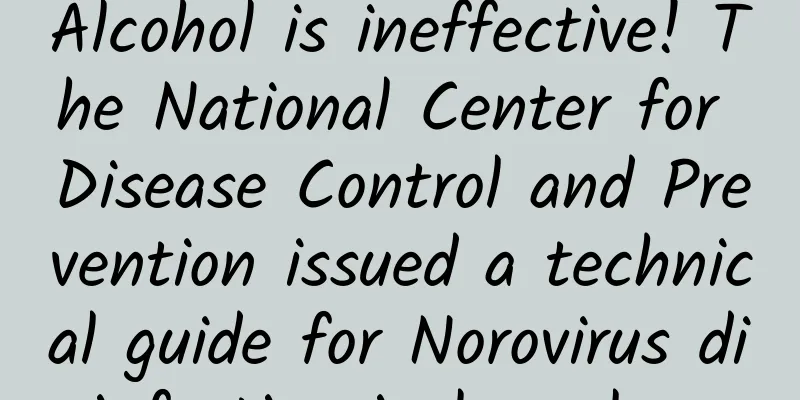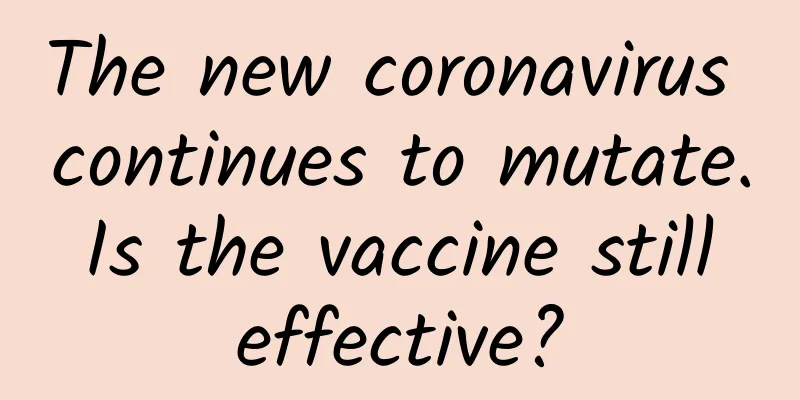Alcohol is ineffective! The National Center for Disease Control and Prevention issued a technical guide for Norovirus disinfection in key places

|
On November 30, the National Center for Disease Control and Prevention issued the "Technical Guidelines for the Prevention, Control and Disinfection of Norovirus Infection in Key Places such as Schools". During the epidemic of Norovirus infection, key places such as schools, childcare institutions and nursing homes should take preventive measures and use appropriate disinfectants regularly for preventive disinfection. Norovirus is most prevalent in the autumn and winter. It is highly contagious, has a short immune protection period, and the entire population is generally susceptible. Norovirus infectious diarrhea outbreaks are prone to occur in places where people gather, such as schools, childcare institutions, and nursing homes. The guidelines are intended to guide key places such as schools, childcare institutions and nursing homes to carry out preventive disinfection during the epidemic of norovirus infection. The guidelines clearly state that when patients infected with norovirus are found in key places such as schools, they should be isolated in time and disinfection measures should be taken as soon as possible. When a patient vomits in crowded places such as classrooms or dormitories, other people should be immediately guided to move to a relatively clean direction and the vomit should be disinfected; at the same time, the environment and supplies contaminated by vomit should also be disinfected. The guidelines suggest that during the epidemic of norovirus infection, key places should take preventive measures and regularly use chlorine-containing disinfectants or other suitable disinfectants for preventive disinfection. If any employee or student has symptoms such as vomiting, diarrhea, abdominal pain, etc., they must not go to work or attend classes while sick, and must go to the hospital for medical treatment if necessary. In addition, the guidelines introduce disinfection methods related to norovirus. This virus is highly resistant to commonly used disinfectants, and alcohol is ineffective against it. High-level disinfectants or effective physical disinfection methods should be used. For large amounts of pollutants such as vomitus and excrement of patients, disinfectant powder or bleaching powder containing absorbent ingredients should be used to completely cover them, or disinfectant dry towels that can achieve high-level disinfection should be used to completely cover them. After disinfection for the action time, carefully clean them . For small amounts of pollutants, disposable absorbent materials can be dipped in chlorine-containing disinfectants with an effective chlorine content of 5,000 to 10,000 mg/L, completely covered, and allowed to act for more than 30 minutes, and carefully cleaned. Avoid contact with pollutants during the cleaning process. Planning and production Source: Beijing Daily Client Editor: Wang Mengru Proofread by Xu Lailinlin |
<<: Academician Chen Jiansheng: Decoding the Universe: The Golden Age of Space Surveys is Coming
Recommend
What are the medicinal effects of Cistanche deserticola
Do you know what Cistanche deserticola is? What a...
Can a song "hypnotize mosquitoes"? Is it really that magical? Click here to try it out!
As the weather gradually warms up, the season of ...
Side effects of glucocorticoids
Glucocorticoids are not unfamiliar to everyone. P...
What are the medicinal values of Dendrobium?
I believe that everyone has eaten the medicinal h...
Red panda, raccoon, civet cat, who is the real "Instant Noodle King"?
Speaking of snacks that we have had since childho...
The first comprehensive lunar geological map is released
According to the Physicists' Organization web...
The efficacy and function of rolling dragon grass
Everyone is familiar with the rolling dragon gras...
The Raptor engine has encountered major problems. Is Musk's dream of retiring on Mars still possible?
Three days ago, SpaceX completed its last launch ...
If the whole of China was a class, Guizhou would be the classmate who secretly played PlayerUnknown's Battlegrounds!
Mixed Knowledge Specially designed to cure confus...
AI successfully predicts tens of millions of "missense mutations", which is expected to solve the problem of human genetics
Artificial intelligence (AI) promises to solve on...
The efficacy and function of Artemisia striata
Artemisia argyi is a kind of Chinese herbal medic...
Take Panax Notoginseng for slow heart rate
Panax notoginseng is a Chinese medicinal herb tha...
Nature: Intestinal flora has a new role to play! It may protect against the harm of smoking
Feeding cesarean section babies a small amount of...
The efficacy and function of Dingguicao [picture]
Dingguicao [picture] is a very good medicinal mat...
China Consumers Association: A total of 98,704,996 pieces of consumer rights protection information were collected on June 18, 2023
"The largest investment in history", &q...









![[Grain Policy of a Great Country] Major New Equipment for China's Agriculture and Rural Areas in 2024 - Buckleless Hairy Crab Bundling Machine](/upload/images/67eff89ebdd2e.webp)